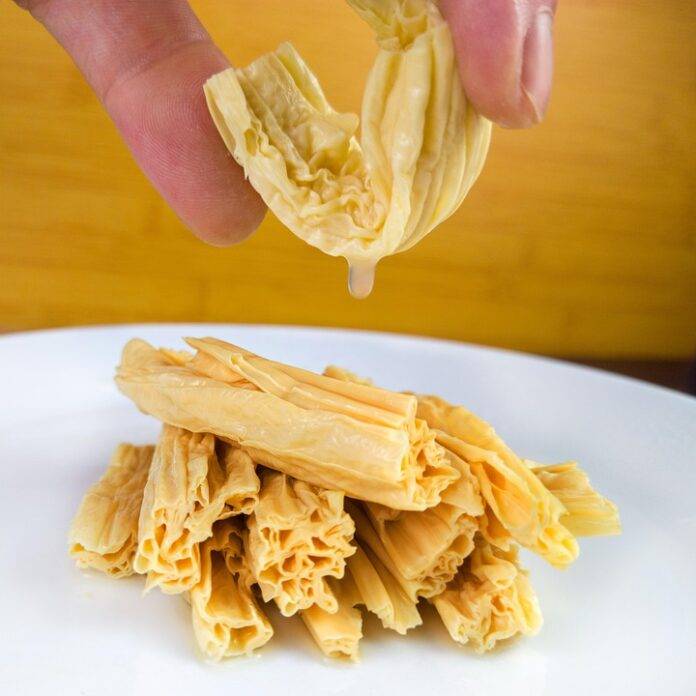Introduction
Soy milk has become increasingly popular in recent years due to its numerous health benefits and suitability for those with lactose intolerance or dairy allergies. As the demand for plant-based milk alternatives continues to rise, packaging trends in the soy milk industry are also evolving to meet consumer preferences and sustainability goals. From aseptic cartons to recyclable bottles, companies are exploring innovative packaging solutions to enhance product freshness, convenience, and environmental friendliness.
Aseptic Cartons: The Traditional Choice
Overview
Aseptic cartons have long been the preferred packaging option for soy milk due to their ability to maintain product freshness without the need for preservatives. These cartons are made of multiple layers of paperboard, plastic, and aluminum foil, which provide a barrier against light, oxygen, and contaminants.
Market Share
According to industry data, aseptic cartons still dominate the soy milk packaging market, accounting for a significant portion of sales globally. Companies such as Silk and Pacific Foods have established themselves as key players in this segment, offering a wide range of soy milk products in aseptic cartons.
Benefits
The main advantages of aseptic cartons include their lightweight, recyclable nature, and ability to extend the shelf life of soy milk without refrigeration. These cartons are also convenient for on-the-go consumption, making them a popular choice among consumers looking for a quick and healthy drink option.
Recyclable Bottles: The Sustainable Alternative
Emerging Trend
In recent years, there has been a growing shift towards using recyclable bottles for packaging soy milk as companies aim to reduce their environmental footprint. These bottles are typically made of PET plastic, which is widely recyclable and can be repurposed into new products.
Market Adoption
Several major soy milk brands, including Eden Foods and Westsoy, have started to introduce soy milk products in recyclable bottles to appeal to environmentally conscious consumers. This trend aligns with the increasing demand for sustainable packaging solutions across the food and beverage industry.
Sustainability Benefits
Recyclable bottles offer several sustainability benefits, such as reducing plastic waste, lowering carbon emissions during production, and promoting a circular economy. By choosing recyclable packaging, soy milk companies can demonstrate their commitment to environmental stewardship and attract eco-conscious consumers.
Consumer Preferences and Industry Insights
Consumer Demand
Research shows that consumers are becoming more mindful of the environmental impact of packaging materials and are actively seeking products with sustainable packaging options. This shift in consumer preferences has prompted soy milk manufacturers to explore innovative packaging solutions that align with these values.
Industry Challenges
Despite the benefits of aseptic cartons and recyclable bottles, soy milk companies face challenges in ensuring the cost-effectiveness and scalability of these packaging options. Factors such as material sourcing, production efficiency, and transportation logistics can impact the overall viability of sustainable packaging solutions.
Future Outlook
Looking ahead, the soy milk industry is expected to continue investing in packaging innovations that prioritize both product quality and environmental sustainability. As consumer awareness grows and regulatory pressures increase, companies will need to adapt their packaging strategies to remain competitive in the market.
In conclusion, packaging trends in soy milk from aseptic cartons to recyclable bottles reflect the industry’s commitment to meeting consumer demands for freshness, convenience, and sustainability. By embracing innovative packaging solutions, soy milk companies can enhance their brand reputation, reduce their environmental impact, and drive long-term growth in the increasingly competitive plant-based beverage market.




